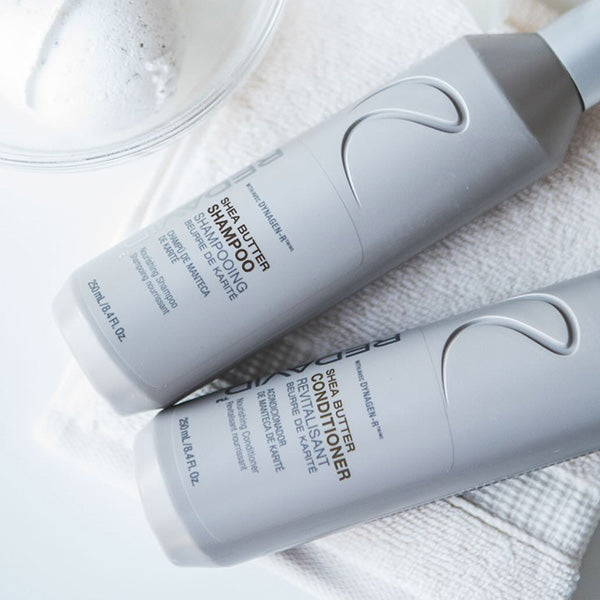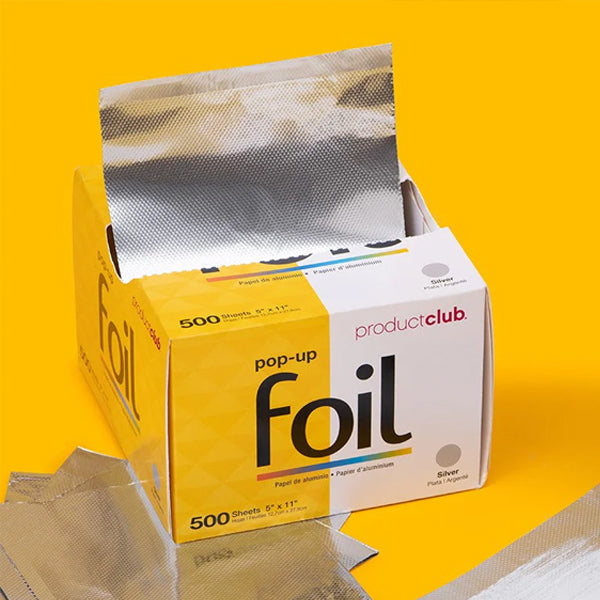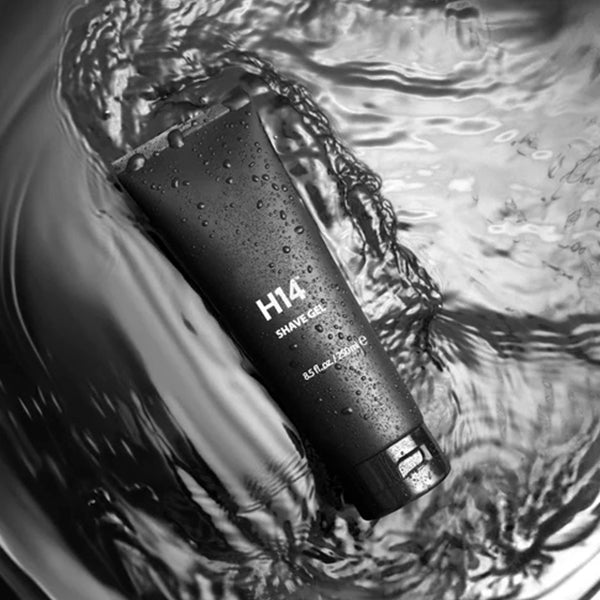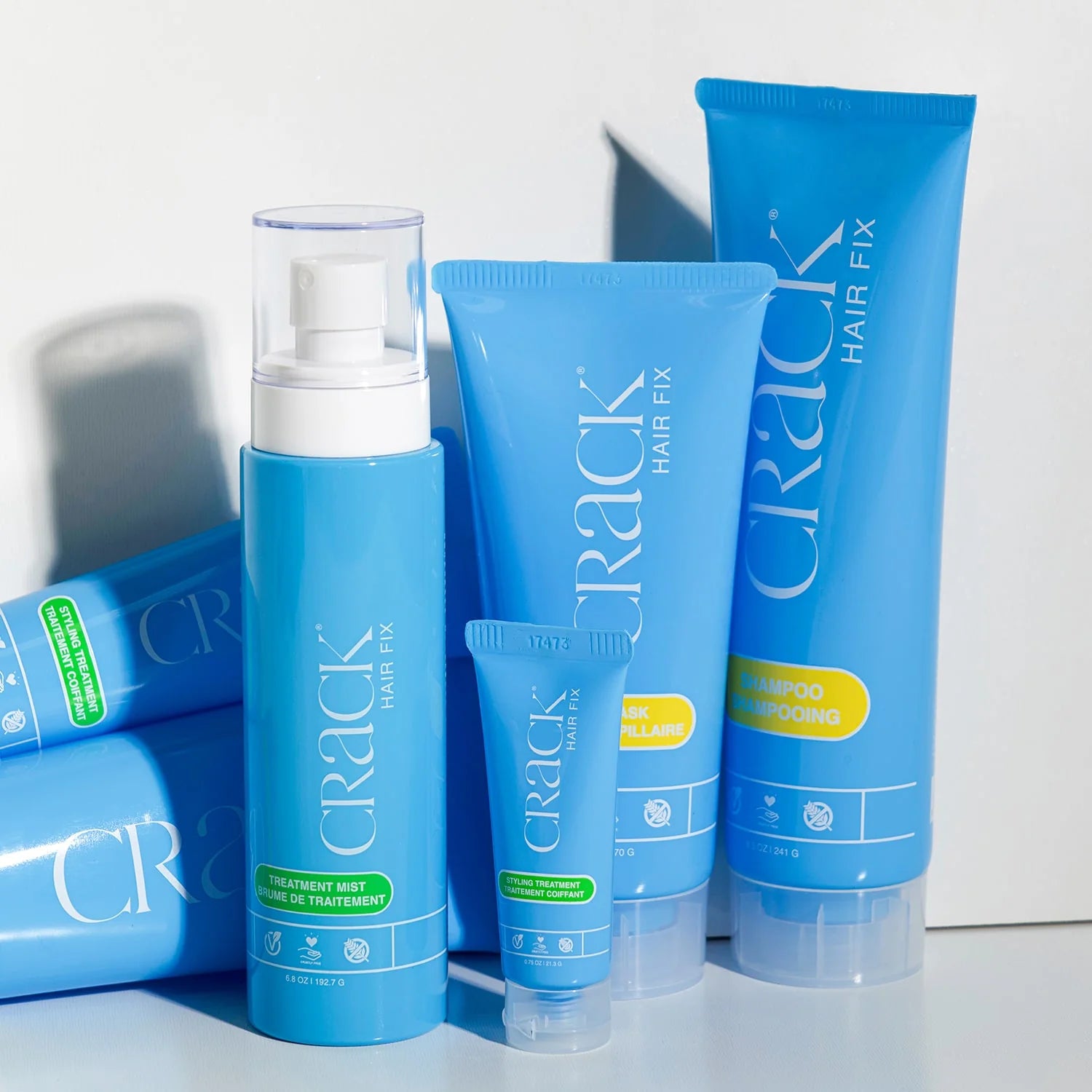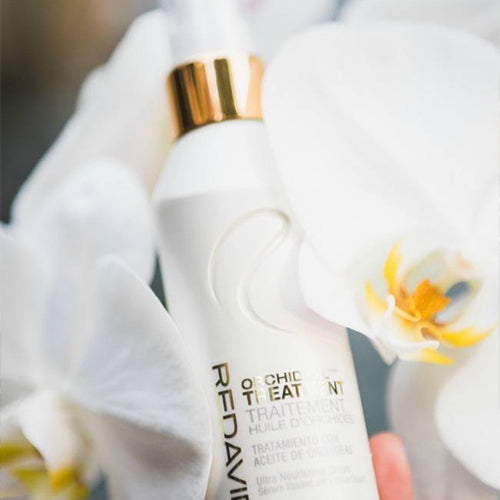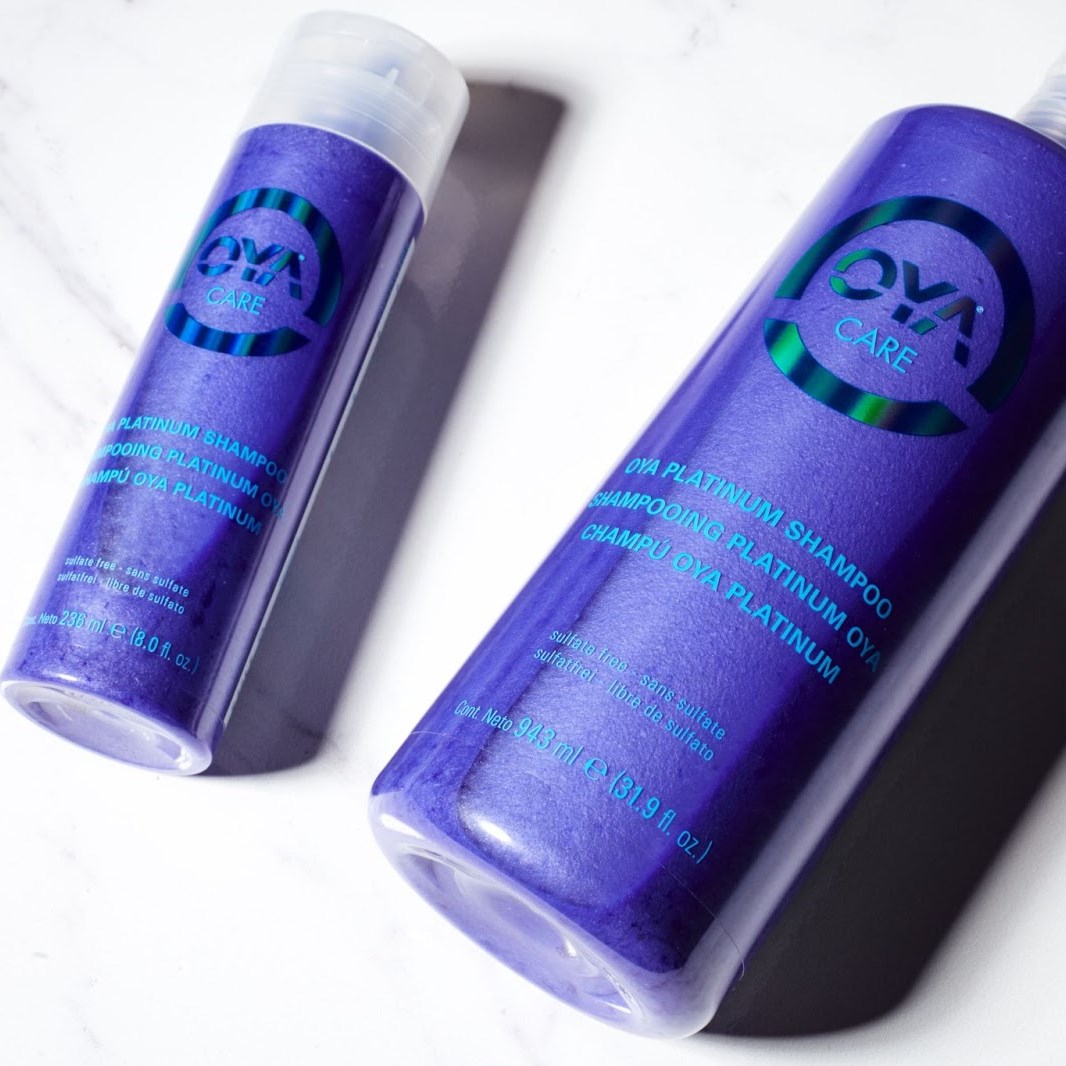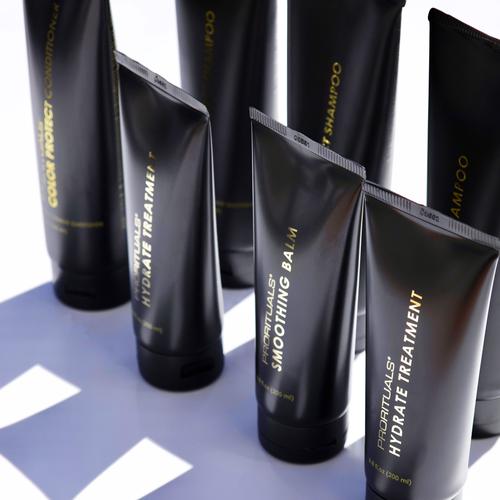Seasonal Shedding: Why It Happens and How to Manage It
Hair shedding is a natural part of the hair growth cycle, but many people notice an increase in hair loss during certain times of the year. This phenomenon, known as seasonal shedding, can be alarming if not understood. As a stylist, you can help your clients manage seasonal shedding effectively by providing them with the right information and care tips. Here’s a comprehensive guide to understanding why seasonal shedding happens and how to manage it.
Understanding Seasonal Shedding
-
The Hair Growth Cycle:
- Anagen Phase: This is the growth phase, lasting 2-7 years, where hair actively grows.
- Catagen Phase: A short transition phase, lasting about 2-3 weeks, where hair growth slows down.
- Telogen Phase: The resting phase, lasting about 3 months, after which hair naturally falls out, making room for new growth.
-
Seasonal Patterns:
- Increased Shedding: Many people experience increased hair shedding during the late summer and early fall. This can be linked to the hair’s natural growth cycle and environmental factors.
- Evolutionary Factors: Some theories suggest that this shedding pattern is an evolutionary trait, where the body sheds excess hair after the summer to prepare for the cooler months.
-
Environmental Influences:
- Sun Exposure: Increased sun exposure during the summer months can lead to hair damage and subsequent shedding.
- Temperature Changes: Sudden changes in temperature and humidity can affect the scalp and hair health, leading to increased shedding.
Managing Seasonal Shedding
-
Maintain a Healthy Scalp:
- Regular Cleansing: Use gentle, sulfate-free shampoos to keep the scalp clean and free from buildup. A clean scalp promotes healthy hair growth.
- Exfoliation: Exfoliate the scalp periodically to remove dead skin cells and improve circulation. This can be done with specialized scalp scrubs or treatments.
-
Hydrate and Nourish:
- Moisturizing Products: Use conditioners and leave-in treatments that hydrate the hair and scalp. Ingredients like aloe vera, hyaluronic acid, and glycerin can help retain moisture.
- Balanced Diet: Encourage a diet rich in vitamins and minerals essential for hair health, such as biotin, vitamin E, iron, and omega-3 fatty acids.
-
Gentle Handling:
- Avoid Over-Styling: Limit the use of heat styling tools and chemical treatments during peak shedding periods. Always use heat protectants when necessary.
- Proper Detangling: Use a wide-tooth comb or detangling brush to gently detangle hair, starting from the ends and working upwards to avoid breakage.
-
Protective Hairstyles:
- Low-Manipulation Styles: Opt for protective hairstyles that reduce the need for daily manipulation, such as braids, twists, or buns.
- Comfortable Ties: Use soft, fabric-covered hair ties instead of elastics to prevent pulling and breakage.
-
Address Stress Factors:
- Stress Management: Stress can exacerbate hair shedding. Encourage clients to engage in stress-reducing activities like yoga, meditation, or regular exercise.
- Adequate Sleep: Ensure clients understand the importance of adequate sleep for overall health, including hair health.
-
Use of Hair Supplements:
- Hair Growth Supplements: Recommend supplements that support hair health, such as biotin, collagen, and vitamins D and E.
- Professional Consultation: Suggest clients consult with a healthcare provider before starting any new supplement regimen.
Professional Treatments for Seasonal Shedding
-
Scalp Treatments:
- Scalp Massages: Regular scalp massages can stimulate blood flow to the hair follicles, promoting healthy hair growth.
- Hydrating Masks: Use hydrating scalp masks that nourish and soothe the scalp, improving overall scalp health.
-
Low-Level Laser Therapy (LLLT):
- Laser Treatments: Consider offering low-level laser therapy, a treatment that uses red light to stimulate hair follicles and promote growth. This can be an effective option for clients experiencing significant shedding.
-
Microneedling:
- Scalp Microneedling: This treatment involves using fine needles to create micro-injuries on the scalp, which can stimulate hair growth and improve product absorption.
-
Custom Hair Care Plans:
- Personalized Advice: Provide personalized hair care plans tailored to each client's specific needs and hair type. Regular check-ins can help monitor progress and make adjustments as needed.
Educating Clients
-
Clear Communication:
- Set Expectations: Inform clients about the natural hair growth cycle and the possibility of seasonal shedding. Setting realistic expectations can alleviate concerns.
- Provide Resources: Share educational materials or resources that explain the science behind seasonal shedding and offer practical tips for managing it.
-
Follow-Up Care:
- Regular Appointments: Encourage clients to schedule regular appointments to monitor their hair health and address any concerns promptly.
- Feedback Loop: Create a feedback loop where clients can share their experiences and ask questions, ensuring they feel supported throughout the shedding season.
Seasonal shedding is a natural part of the hair growth cycle, influenced by environmental and biological factors. Knowing the causes and implementing effective management strategies, helps your clients maintain healthy, resilient hair throughout the year. Educate them on the importance of proper scalp care, hydration, and gentle handling to minimize shedding and promote overall hair health. This proactive approach will not only improve their hair condition but also build their trust in your expertise as a stylist.



